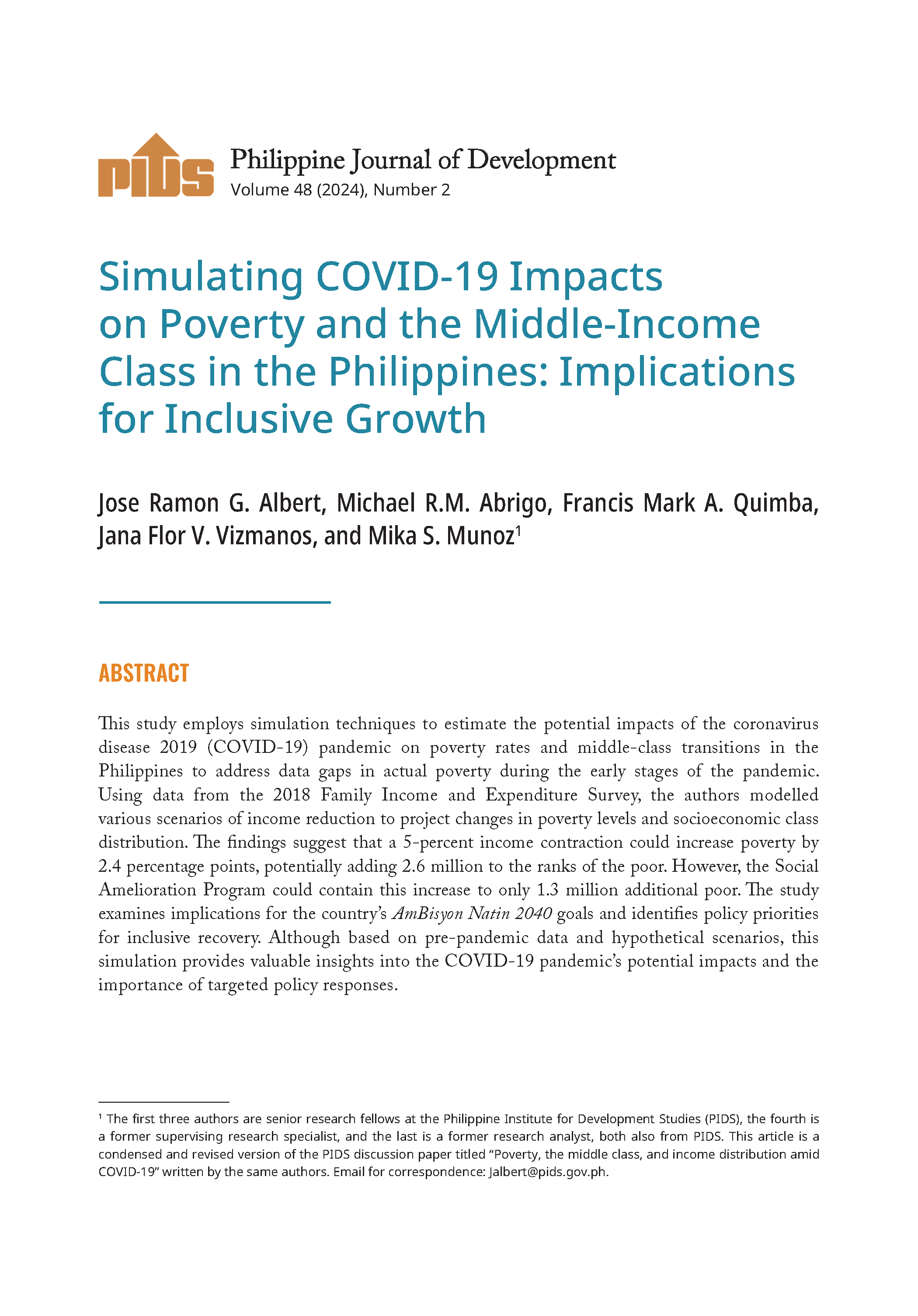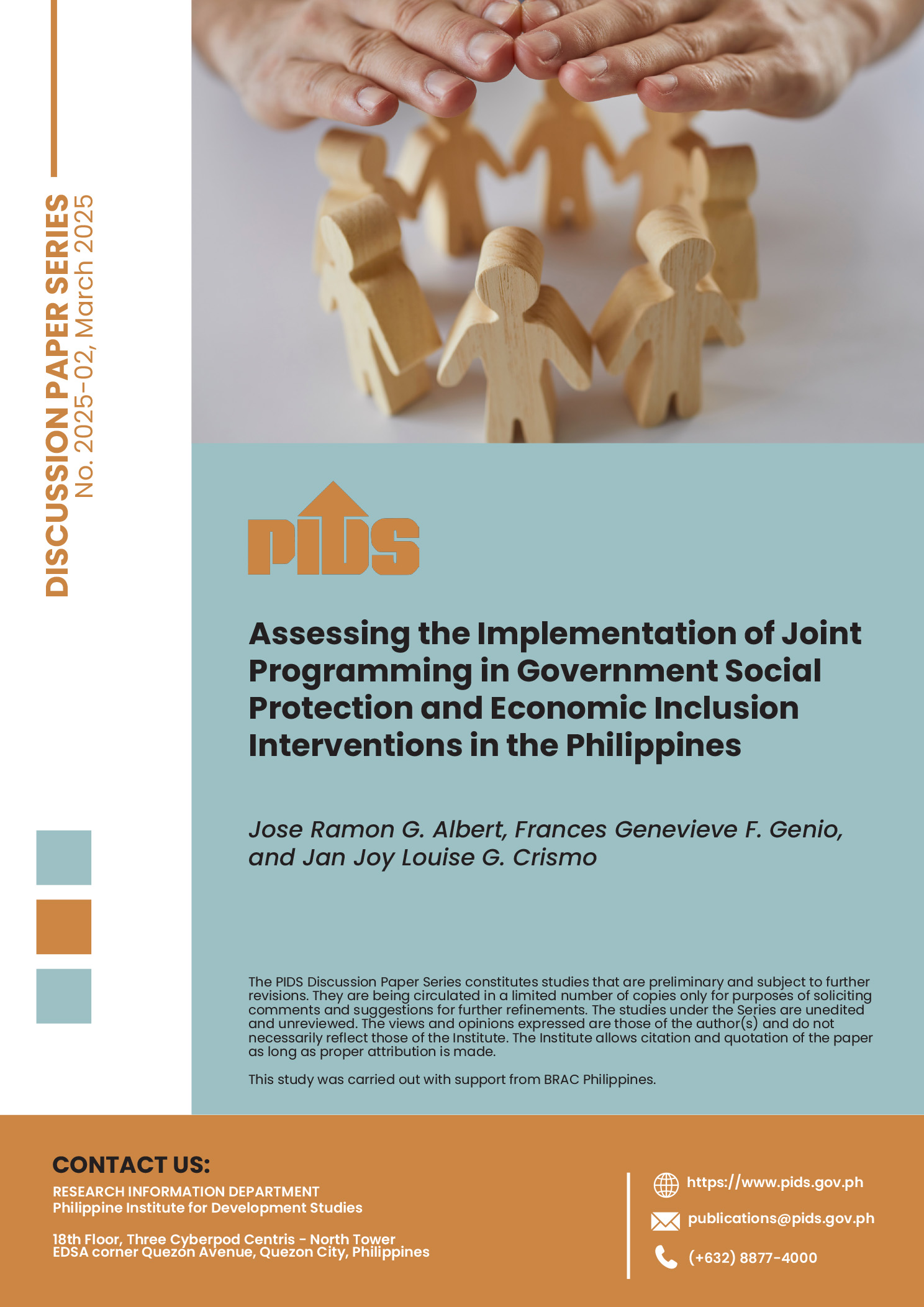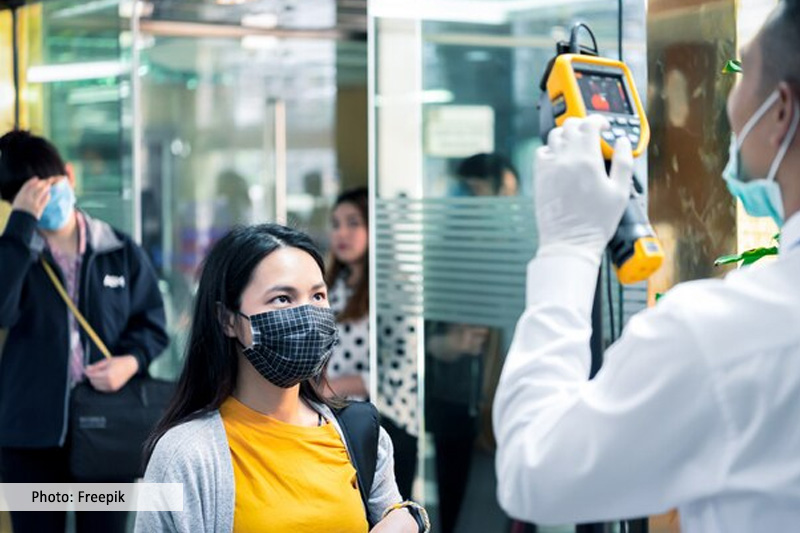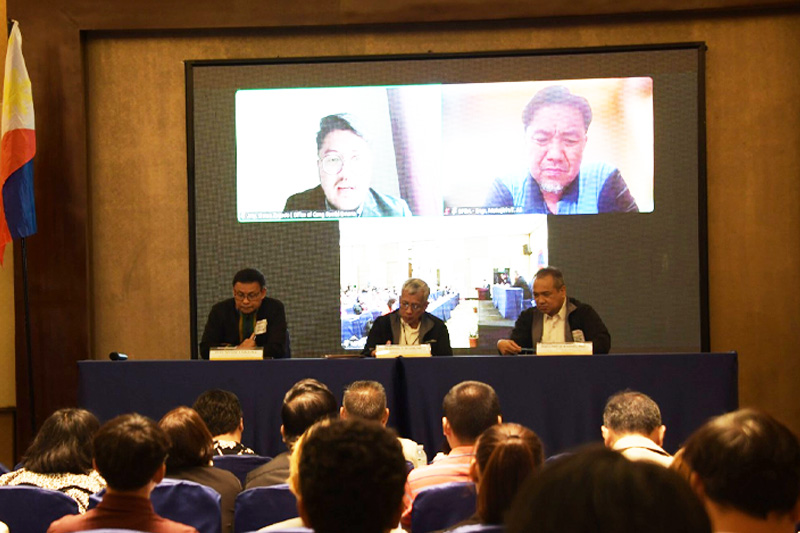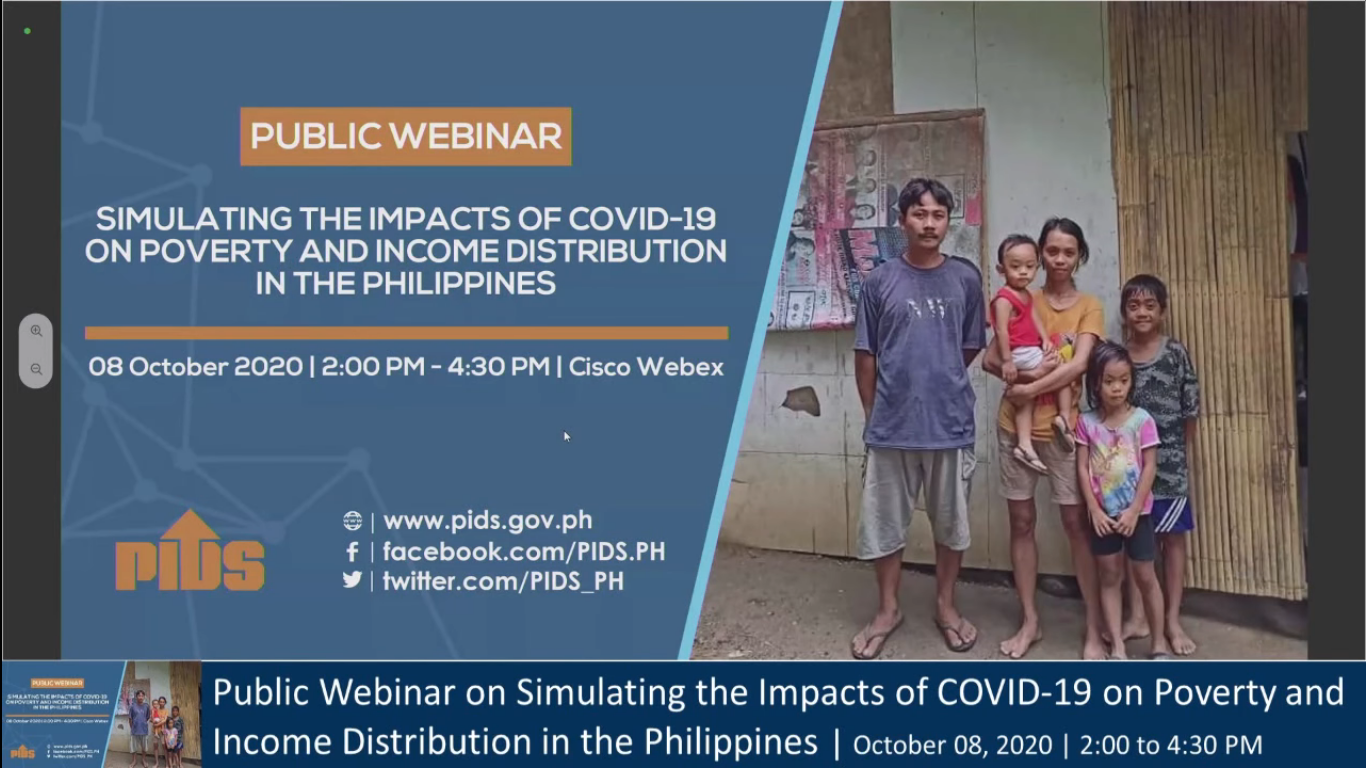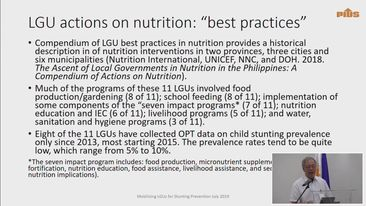The poverty level has risen to 18.1 percent last year from 16.7 percent in 2018 or an equivalent of 2.3 million Filipinos who slid into poverty during most of the pandemic era, Socioeconomic Planning Secretary Arsenio Balisacan said.
Balisacan said during the 8th Annual Public Policy Conference Philippine Institute for Development Studies can be attributed the backslide to the unprecedented scale of the health and economic crisis, coupled with policy response challenges, caused such an increase.”
Socioeconomic scarring in health and education — made worse by the poor’s limited access to adequate healthcare as well as tools for remote learning – is expected to linger if it is not remedied.
This is compounded by the poor’s vulnerability to environmental shocks and the lack of social protection that can cushion the impact of such shocks.
These challenges need to be addressed holistically both in the short and in the medium term.
PDP draft ongoing
“In consultation and collaboration with various sectors, the NEDA has begun drafting the 2023 to 2028 Philippine Development Plan, which is framed by the 8-Point Socioeconomic Agenda,” Balisacan said.
The government’s goal is to reinvigorate poverty reduction and job creation by guiding the economy toward a high-growth path and developing a resilient, inclusive, and prosperous society, he said.
In the near term, “we must protect the purchasing power of families, mitigate the socioeconomic scarring caused by the COVID-19 pandemic, reduce the vulnerability of the poor and marginalized sectors, all while ensuring sound macroeconomic fundamentals through efficient government processes,” the secretary said.
Meanwhile, in the medium term, we aim to focus on job creation and rapid poverty reduction by addressing the most binding constraints to greater economic dynamism such as our infrastructure, regulatory environment, and competition landscape, as well as public order and safety, peace, and security, Balisacan added.


